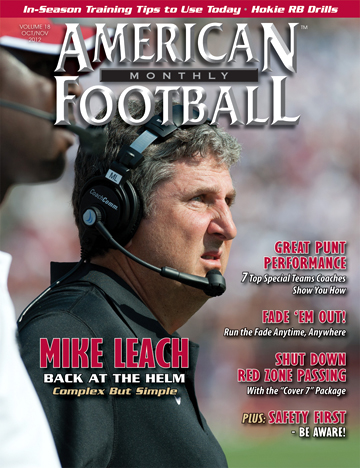Article CategoriesAFM Magazine
|
ELWAY AND ZIGGY Using “Z Check” and Option Principles to Stop the Zone Readby: Matt JohnstonDefensive Graduate Assistant • William Penn University © More from this issue The zone read is a very dynamic play that can confuse the defense and force them into mismatches. However, there are several ways to stop this play and put the offense in lose-lose situations. I have spent time on both sides of the ball and, as an offensive coordinator, the zone read was the first play implemented and we had great success with it. It is a play that can have many options and complementary plays off of the same look. The zone read begins and ends with the QB and his ability to make reads and make plays with the ball. Defensively, it is our goal to make his job as difficult as possible and force the offense into mistakes. Our primary objective is to take away what the offense does best. We want to eliminate their best plays and shut down their best players. It is with that direction that we approach a team who r....The full article can only be seen by subscribers.
|
|
|||||||
| HOME |
MAGAZINE |
SUBSCRIBE | ONLINE COLUMNISTS | COACHING VIDEOS |
Copyright 2026, AmericanFootballMonthly.com
All Rights Reserved





